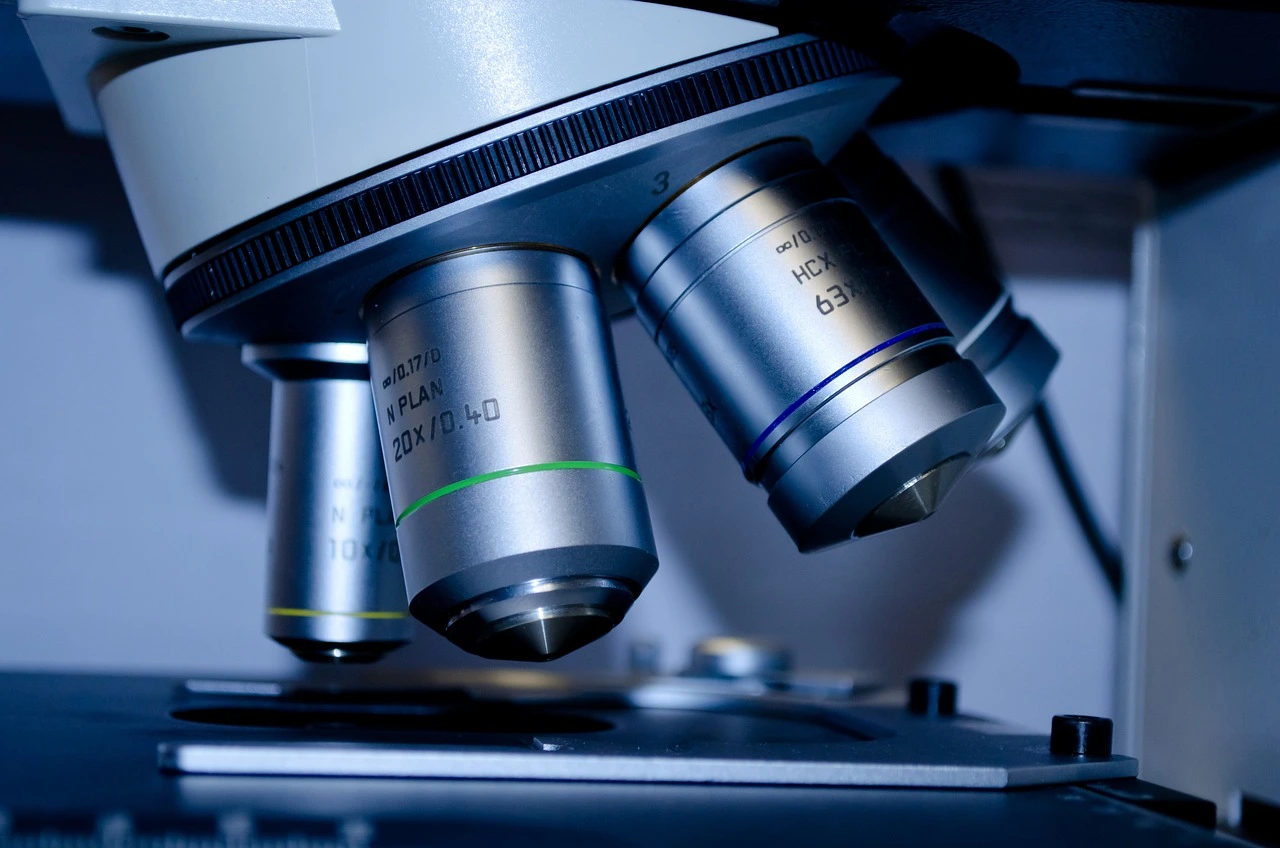When it comes to healthcare, where even a small typo can have life-threatening ramifications, patients should be able to entrust their safety and well-being to professional medical translations. In this post, we’ll explore why precision matters so much in the health industry.
Pharmaceutical names and brands
What’s in a name? Medications are selected and prescribed so specifically that an imprecise error in translating a drug name could lead to serious danger. Given the countless variations found in the global pharmaceutical market, great care is required to make sure the right medication’s name is conveyed to a patient.
In fact, when translating drugs and medications, a medical text might refer to a certain medication in several different ways: the INN name (“International Non-proprietary Name”) found in WHO guidelines; the commercial brand name; or another common, nonproprietary name that is widely used in a certain locale, such as a United Stated Adopted Name (USAN). For example, the same medication might be referred to as paracetamol (INN), acetaminophen (USAN), or Tylenol (brand name). A professional medical translation entails deciding whether the translation should keep the name originally used in the documents at hand, or whether it would be more effective (depending on the language and country) to substitute a more familiar name.
Translating medical instructions
Accuracy must also extend to the pharmacy counter and the doctor’s office. Research shows that non-native language speakers often struggle with dangerously misleading prescription information, sometimes receiving what amounts to pure gibberish on poorly translated medication labels. Just imagine being told to drink 11 tablespoons of a laxative instead of 1, and you can understand why precision is so important.
Experienced translators are also a requirement for interactions between doctors and patients, whether in person or over telehealth. Indeed, that’s why it’s a problem when relatives (especially children) and friends of multilingual patients are forced to interpret in the doctor’s office. Medical personnel convey detailed instructions about diagnoses, dosages, allergies, negative side effects, and so on. Mixing up numbers, verb tenses, anatomy, or even your right and left sides could easily lead to overdoses, harmful drug combinations, and (at worst) fatal accidents. After all, stating that a patient “could” take a certain medicine is very different than stating a patient “must” take that medicine.
Accurate medical notes matter
Finally, a lack of accuracy in professional medical translations can have further-reaching effects than a single doctor-patient interaction. In particular, a patient’s medical notes play a crucial role in any ongoing treatments. Mistranslating a doctor’s impressions of a patient may insert stigmatizing language that can affect the patient’s future quality of care—for instance, labeling a patient as “aggressive” or “angry” when the original note reads simply “upset.”
Medical notes are also notoriously complicated to translate, since they tend to involve the doctor’s own symbols, excessive use of abbreviations or acronyms, medical jargon, hastily-written grammatical errors, and more. Translators must do their research to make sure their translations align with the most accurate terms for the conditions at hand. They also work to maintain an appropriately professional register that utilizes the correct terminology, e.g., referring to a “myocardial infarction” rather than the more colloquial “heart attack.”
If you go to see the doctor, the last thing you want to worry about is incorrect language. Professional medical translations are the best way to ensure that patients, physicians, and hospitals are all working on the same page.
Image by PublicDomainPictures from Pixabay

